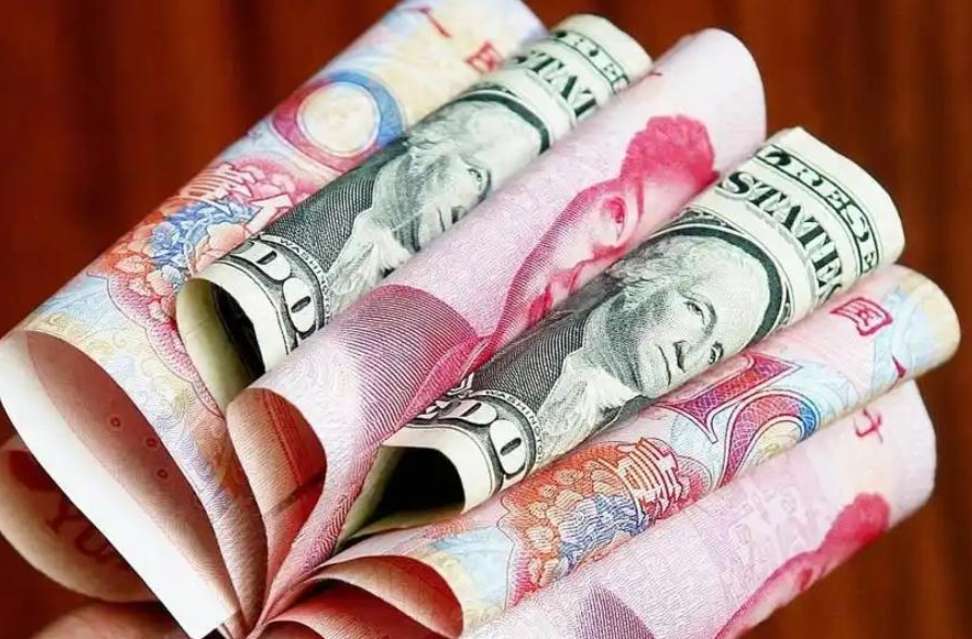Fed's Triple Rate Cuts Trigger Global Asset Plunge
Advertisements
The recent decision by the United States to cut interest rates yet again has sparked a multitude of discussions and speculations regarding the future of the economy, marking the third rate cut since September 2024. As markets react and navigate this latest monetary shift, questions surrounding asset prices and the fate of cash and deposits loom large for investors and ordinary citizens alike.
The financial landscape is in a state of flux. Stock markets have seen a rise above 3000 points, yet this recovery is not without its challenges, characterized by sharp fluctuations and volatility. Meanwhile, real estate transactions in several major cities are showing signs of life as prices start to climb again. On top of that, a significant influx of capital into government bonds has artificially suppressed the yield on ten-year Treasury bonds to historic lows. It appears that various players in this economic drama are intent on furthering their own interests amidst such changes, all while attempting to manage expectations in a fraught environment.
Consider the implications of the recent interest rate cut. The Federal Reserve has publicly aimed to boost domestic manufacturing, yet there are reports suggesting fears of inflation lingering, and some market participants speculate about the potential appreciation of the dollar. Historically cautious in their approach, the Fed’s consistent messaging has included assurances of “no rush” to reduce rates, but the reality reflects a different trajectory as they move toward easing monetary policy.
The Fed's decision on September 18 to dramatically lower rates by 50 basis points created a stir within the United States. While establishment figures were quick to criticize the Fed for facilitating capital flight by slashing interest rates, international investors have been positioning themselves favorably towards the Chinese market. This has led to surges in the A-share market, revealing how sensitive capital flows can be to shifts in monetary policy. The concern elicits fears of a rebound in Chinese domestic investment, and the ramifications of this for the broader U.S. economy, highlighting the delicacy of these interdependences.
This recent round of U.S. interest rate reductions seems riddled with contradictions. The Federal Reserve manages market expectations by playing a game of up and down with its messaging. They once cited inflation levels as the basis for not reducing rates, but then proceed to lower them incrementally while hinting at a potential pause in cuts. Observers recall that only six months prior, the same rhetoric was employed before the Fed cuts rates significantly. Hence, it becomes vital to consider not just what is spoken, but what actions follow these declarations.
In light of these developments, China has also adopted a more accommodating monetary policy after a long hiatus of 14 years. This strategic move is critical, striking a balance between alleviating pressure on the currency and addressing issues within the economic cycle. The outlook for 2025 might not be as dismal as some predict, with an uptick in economic activity anticipated as policies begin to take effect.

The anticipated cuts in the bank reserve requirement and interest rates seem to be set in stone. Current projections hover around a decrease of approximately 0.3% to 0.5%. Imagine a scenario where mortgage rates dip to 2.5% while deposit rates linger below 1%. Would deposits remain as attractive when the opportunity to explore other investments presents itself? The inclination would naturally lead many to withdraw funds for either consumption or investment.
Furthermore, the discussion surrounding structural deficits has taken center stage in recent economic meetings. Each percentage point increase in the deficit ratio translates to an infusion of approximately 1.2 trillion yuan into the economy. Such vast sums could provide significant momentum to economic activities, presenting potential outcomes that are almost immediately beneficial.
A further strategy involves the issuance of ultra-long-term special government bonds, which do not affect fiscal deficits. The aim for 2025 is to surpass the staggering 1 trillion already issued in 2024. These funds are earmarked for social needs, such as affordable housing and consumer vouchers, which can instigate consumption and boost domestic demand, propelling economic growth.
When examining the broader picture for 2025, it’s unfounded to be overwhelmingly pessimistic. The reallocation of fiscal policies signifies an active pivot towards more growth-oriented approaches. In contrast to the United States, where benchmark rates stand at around 4.5%, any future easing in monetary policy may result in a more pronounced impact due to the existing leeway compared to China’s measured approach. Nonetheless, there remains a reluctance to openly acknowledge the degree of economic slowdown in the U.S., perpetuating a narrative where frequent rate cuts are coupled with measures aimed at managing expectations.
As we peer into the future, it seems likely that the global economy could be thrust into a new wave characterized by both turmoil and opportunity. For individuals and investors, it is critical to prepare ahead of time, positioning themselves to seize potential wealth-generating opportunities amid these turbulent waters. The actions taken today will determine how successfully one navigates the forthcoming economic landscape.
Post Comment